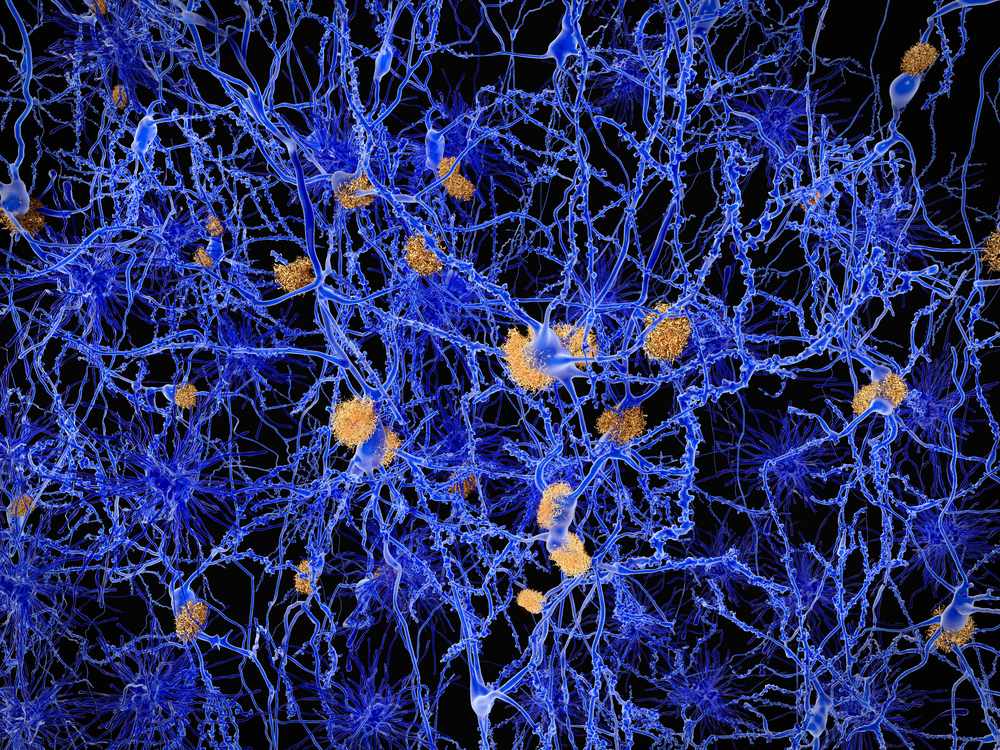One of my morning patient calls today was with a young man fighting metastatic colon cancer. He has been through major surgery to extract over a foot of his colon and 45 lymph nodes in the immediate area. He is now examining his options for the next phase of treatment and wanted my help to organize this search and sort through the mounds of information on the internet. Working with him, we were able to break down colon cancer treatments into three main categories. The first is what I call conventional treatment which is essentially is an invasive approach which the strategy is to attack the cancer directly by removing and killing the cancer cells, which can include surgery followed by strong chemo (toxic poison) and radiation. Science has come a long way and some new chemo drugs are very targeted to attack only the category of cells that the cancer cells fit into.
The next category of treatment, which really came available 14 years ago when I was fighting leukemia, is a class of drugs called “Kinase Inhibitors” which essentially focus on the metabolism of the cancer and inhibit the production of specific enzymes that the cancer needs to reproduce. Depending on the kinase inhibitor used and the type of cancer, a kinase inhibitor can be so effective that the cancer never comes back, or it could simply slow the cancer down a little bit temporarily. They are considered a “chemical therapy” and therefore a “chemo”, but with the many of them the side effects can be negligible and every cancer patient should consider which kinase inhibitor would be best for their specific type of cancer. There are many pharma companies competing for space here so there are many options, and one kinase inhibitor may be used for various types of cancer depending on it metabolic function. Either way, kinase inhibitors are a useful tool in the arsenal against cancer and can make the difference between life and death. The first one to come to market in 2003 was Gleevec or Imitinib which was made specifically for the Philadelphia Chromosome, which causes a variety of blood and marrow cancers, and which had caused my leukemia as well. (Kinase inhibitors almost always end with “ib”) It was not available in the US yet, but I was able to get it for ‘compassionate use” and it did slow down my leukemia enough to give me time to figure out what to do next. It definitely helped save my life! In doing some searching through clinical trials, we found several kinase inhibitors that were being used alongside chemo for various stages of colon cancer, and now Todd will do his research to see which one is having the most success.
The third category of treatment really gets to the bottom of why cancer exists in the first place, Immune Therapies. I cannot tell you how excited I am that we are finally getting here to the root of most human disease, and looking for non-invasive therapies to help our bodies treat themselves. I have always believed that any sickness not caused by a pathogen, parasite, bacteria, virus, fungus or poison is an autoimmune disease, and the presence of cancer in the body is definitely a malfunction of the immune system to recognize and dispose of mutant cells in the body. Therefore, the most logical treatment would be to fix the malfunctioning immune system so it will go after the cancer and eradicate it from the body, without taking toxic poisons which can cause collateral side effects and permanently damage the whole body (as it sure did to me! – all the bones in my body, especially in my legs, are slowly dying and deteriorating, leaving me with extreme pain and immobility the rest of my life). With the rise of immune therapies, chemo will become obsolete, and we will think of it in the past tense as barbaric as it actually is. Giving the whole body poison to fight a tumor in one area, is like hitting a pimple with a sledge hammer. It may work to get rid of the pimple, but it is an inappropriate treatment that does more damage than necessary.
We spent some time and looked at several in the Immune Therapy category so now this patient knows exactly how to identify the various types of treatment and how to start evaluating which ones will be the best options for him. We also found several clinical trials that looked promising based on the information be obtained. He now has his homework ahead of him, to compare all of the options we discovered in our research and pinpoint which ones have the best chance to curing him and at the same time, doing the least amount of collateral damage. It is never obvious what one should do, and the medical world needs much more transparency, but narrowing his treatment choices down will give this patient the best chances of a successful outcome with the least damage. Then, once he knows what he needs, he can begin to interview doctors to decide which one is the best person to deliver the treatment he knows he needs. Instead of simply going to one medical professional and asking what he should do, this patient is taking accountability and responsibility for his own life and driving his own treatment. After consulting on thousands of cases over the last 14 years, I can say for certain that this proactive patient has the best chances of being cured and having a long healthy life after cancer!
